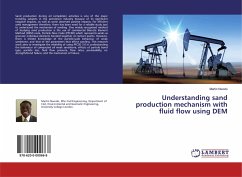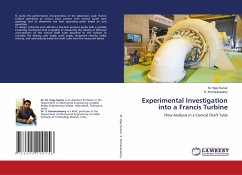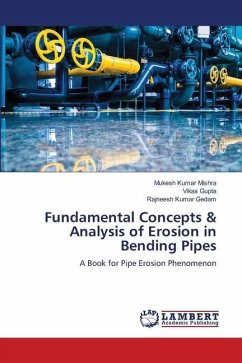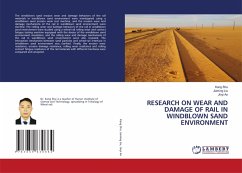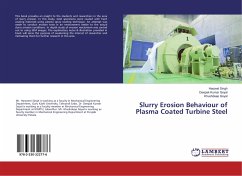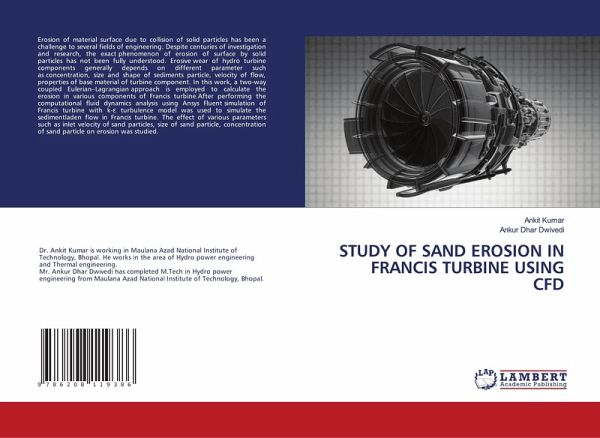
STUDY OF SAND EROSION IN FRANCIS TURBINE USING CFD
Versandfertig in 6-10 Tagen
29,99 €
inkl. MwSt.

PAYBACK Punkte
15 °P sammeln!
Erosion of material surface due to collision of solid particles has been a challenge to several fields of engineering. Despite centuries of investigation and research, the exact phenomenon of erosion of surface by solid particles has not been fully understood. Erosive wear of hydro turbine components generally depends on different parameter such as concentration, size and shape of sediments particle, velocity of flow, properties of base material of turbine component. In this work, a two-way coupled Eulerian-Lagrangian approach is employed to calculate the erosion in various components of Franc...
Erosion of material surface due to collision of solid particles has been a challenge to several fields of engineering. Despite centuries of investigation and research, the exact phenomenon of erosion of surface by solid particles has not been fully understood. Erosive wear of hydro turbine components generally depends on different parameter such as concentration, size and shape of sediments particle, velocity of flow, properties of base material of turbine component. In this work, a two-way coupled Eulerian-Lagrangian approach is employed to calculate the erosion in various components of Francis turbine.After performing the computational fluid dynamics analysis using Ansys Fluent simulation of Francis turbine with k- turbulence model was used to simulate the sedimentladen flow in Francis turbine. The effect of various parameters such as inlet velocity of sand particles, size of sand particle, concentration of sand particle on erosion was studied.







